Chapter: Computer Networks : Data Link Layer
Noisy Channels Protocol
Noisy Channels:
1. Stop-and-Wait Automatic Repeat Request
The Stop-and-Wait Automatic Repeat Request (Stop-and-Wait ARQ), adds a simple error control mechanism to the Stop-and-Wait Protocol. To detect and correct corrupted frames, we need to add redundancy bits to our data frame. When the frame arrives at the receiver site, it is checked and if it is corrupted, it is silently discarded. The detection of errors in this protocol is manifested by the silence of the receiver.
Sequence Numbers
The protocol specifies that frames need to be numbered. This is done by using sequence numbers. A field is added to the data frame to hold the sequence number of that frame. For example, if we decide that the field is m bits long, the sequence numbers start from 0, go to 2m - 1, and then are repeated.
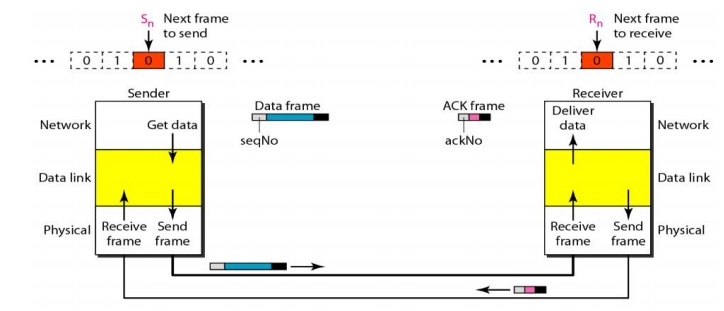
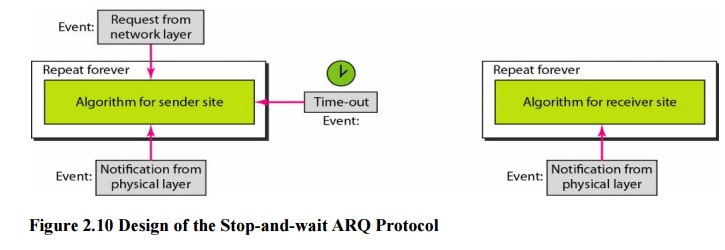
Since the sequence numbers must be suitable for both data frames and ACK frames, we use this convention: The acknowledgment numbers always announce the sequence number of the next frame expected by the receiver. For example, if frame 0 has arrived safe and sound, the receiver sends an ACK frame with acknowledgment 1 (meaning frame 1 is expected next). If frame 1 has arrived safe and sound, the receiver sends an ACK frame with acknowledgment 0 (meaning frame 0 is expected).
Design
Figure 2.10 shows the design of the Stop-and-Wait ARQ Protocol. The sending device keeps a copy of the last frame transmitted until it receives an acknowledgment for that frame. A data frames uses a seq No (sequence number); an ACK frame uses an ack No (acknowledgment number). The sender has a control variable, which we call Sn (sender, next frame to send), that holds the sequence number for the next frame to be sent (0 or 1).
The receiver has a control variable, which we call Rn (receiver, next frame expected), that holds the number of the next frame expected. When a frame is sent, the value of Sn is incremented (modulo-2), which means if it is 0, it becomes 1 and vice versa. When a frame is received, the value of Rn is incremented (modulo-2), which means if it is 0, it becomes 1 and vice versa. Three events can happen at the sender site; one event can happen at the receiver site. Variable Sn points to the slot that matches the sequence number of the frame that has been sent, but not acknowledged; Rn points to the slot that matches the sequence number of the expected frame.
Example 2.3
Frame 0 is sent and acknowledged. Frame 1 is lost and resent after the time-out. The resent frame 1 is acknowledged and the timer stops. Frame 0 is sent and acknowledged, but the acknowledgment is lost. The sender has no idea if the frame or the acknowledgment is lost, so after the time-out, it resends frame 0, which is acknowledged.
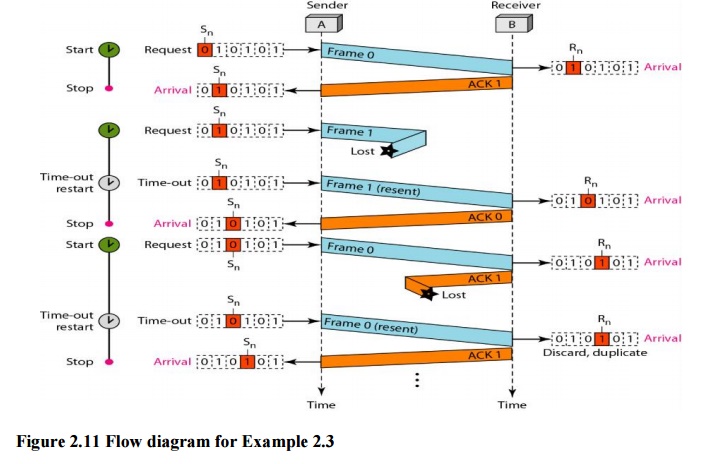
Example 2.4
Assume that, in a Stop-and-Wait ARQ system, the bandwidth of the line is 1 Mbps, and 1 bit takes 20 ms to make a round trip. What is the bandwidth-delay product? If the system data frames are 1000 bits in length, what is the utilization percentage of the link?
Solution
The bandwidth-delay product is (1x106)x(20x10-3) =20,000bit
Pipelining
In networking and in other areas, a task is often begun before the previous task has ended. This is known as pipelining. There is no pipelining in Stop-and-Wait ARQ because we need to wait for a frame to reach the destination and be acknowledged before the next frame can be sent. However, pipelining does apply to our next two protocols because several frames can be sent before we receive news about the previous frames. Pipelining improves the efficiency of the transmission if the number of bits in transition is large with respect to the bandwidth-delay product.
2. Go-Back-N Automatic Repeat Request
In this protocol we can send several frames before receiving acknowledgments; we keep a copy of these frames until the acknowledgments arrive.
Sequence Numbers
Frames from a sending station are numbered sequentially. However, because we need to include the sequence number of each frame in the header, we need to set a limit. If the header of the frame allows m bits for the sequence number, the sequence numbers range from 0 to 2m - 1.
Sliding Window
The sliding window is an abstract concept that defines the range of sequence numbers that is the concern of the sender and receiver. In other words, the sender and receiver need to deal with only part of the possible sequence numbers. The range which is the concern of the sender is called the send sliding window; the range that is the concern of the receiver is called the receive sliding window.
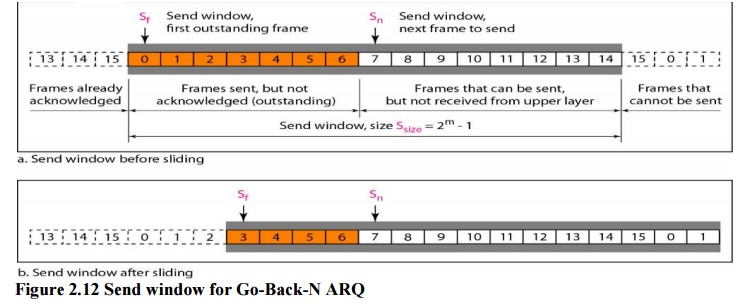
Figure 2.12 Send window for Go-Back-N ARQ
The sender does not worry about these frames and keeps no copies of them. The second region, colored in Figure 2.12 a, defines the range of sequence numbers belonging to the frames that are sent and have an unknown status.
The window itself is an abstraction; three variables define its size and location at any time. We call these variables Sf(send window, the first outstanding frame), Sn (send window, the next frame to be sent), and Ssize (send window, size). The variable Sf defines the sequence number of the first (oldest) outstanding frame. The variable Sn holds the sequence number that will be assigned to the next frame to be sent. Finally, the variable Ssize defines the size of the window, which is fixed in our protocol.
The receive window makes sure that the correct data frames are received and that the correct acknowledgments are sent. The size of the receive window is always 1.

Figure 2.13 Receive window for Go-Back-N ARQ
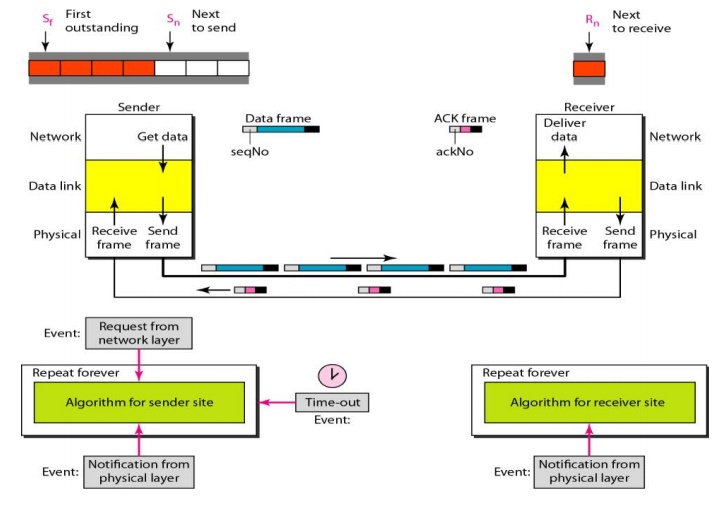
Figure 2.14 Design of Go-Back-N ARQ
Note that we need only one variable Rn (receive window, next frame expected) to define this abstraction. The sequence numbers to the left of the window belong to the frames already
received and acknowledged; the sequence numbers to the right of this window define the frames that cannot be received. Any received frame with a sequence number in these two regions is discarded. Only a frame with a sequence number matching the value of Rn is accepted and acknowledged. The receive window also slides, but only one slot at a time.
Design
Figure 2.14 shows the design for this protocol. As we can see, multiple frames can be in transit in the forward direction, and multiple acknowledgments in the reverse direction. The idea is similar to Stop-and-Wait ARQ; the difference is that the send window allows us to have as many frames in transition as there are slots in the send window.
Send Window Size
We can now show why the size of the send window must be less than 2m. As an example, we choose m =2, which means the size of the window can be 2m- 1, or 3. Figure 2.15 compares a window size of 3 against a window size of 4. If the size of the window is 3 (less than 22) and all three acknowledgments are lost, the frame 0 timer expires and all three frames are resent. The receiver is now expecting frame 3, not frame 0, so the duplicate frame is correctly discarded.
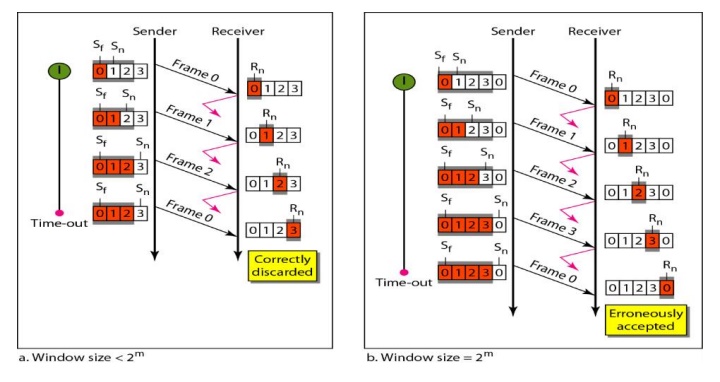
Figure 2.15 Window size for Go-Back-N ARQ
Example 2.4
Figure 2.16 shows an example of Go-Back-N. This is an example of a case where the forward channel is reliable, but the reverse is not. No data frames are lost, but some ACKs are delayed and one is lost. The example also shows how cumulative acknowledgments can help if acknowledgments are delayed or lost.
After initialization, there are seven sender events. Request events are triggered by data from the network layer; arrival events are triggered by acknowledgments from the physical layer. There is no time-out event here because all outstanding frames are acknowledged before the timer expires. Note that although ACK 2 is lost, ACK 3 serves as both ACK 2 and ACK3. There are four receiver events, all triggered by the arrival of frames from the physical layer.
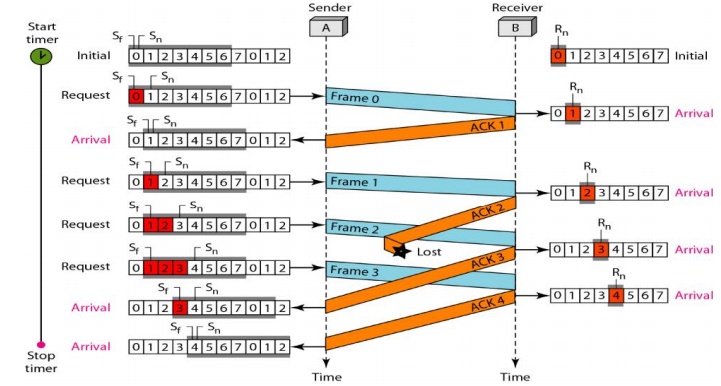
Figure 2.16 Flow diagram for Example 2.4
3. Selective Repeat Automatic Repeat Request
Go-Back-N ARQ simplifies the process at the receiver site. The receiver keeps track of only one variable, and there is no need to buffer out-of-order frames; they are simply discarded. However, this protocol is very inefficient for a noisy link. In a noisy link a frame has a higher probability of damage, which means the resending of multiple frames. This resending uses up the bandwidth and slows down the transmission.
Windows
The Selective Repeat Protocol also uses two windows: a send window and a receive window. First, the size of the send window is much smaller; it is 2m- 1. Second, the receive window is the same size as the send window. The send window maximum size can be 2m- 1. For example, if m = 4, the sequence numbers go from 0 to 15, but the size of the window is just 8 (it is 15 in the Go-Back-N Protocol). The smaller window size means less efficiency in filling the pipe, but the fact that there are fewer duplicate frames can compensate for this.

Figure 2.17 Send window for Selective Repeat ARQ
The receive window in Selective Repeat is totally different from the one in Go Back- N. First, the size of the receive window is the same as the size of the send window (2m- 1). Figure 2.18 shows the receive window in this protocol. Those slots inside the window that are colored define frames that have arrived out of order and are waiting for their neighbors to arrive before delivery to the network layer.

Figure 2.18 Receive window for Selective Repeat ARQ
Design
The design in this case is to some extent similar to the one we described for the 00Back-N, but more complicated, as shown in Figure 2.19.
Window Sizes
We can now show why the size of the sender and receiver windows must be at most on half of 2m. For an example, we choose m = 2, which means the size of the window is 2m/2, or 2. If thesize of the window is 2 and all acknowledgments are lost, the timer for frame 0 expires and frame 0 is resent. However, this time, the window of the receiver expects to receive frame 0 (0 is part of the window), so it accepts frame 0, not as a duplicate, but as the first frame in the next cycle. This is clearly an error. In Selective Repeat ARQ, the size of the sender and receiver window must be at most one-half of 2m
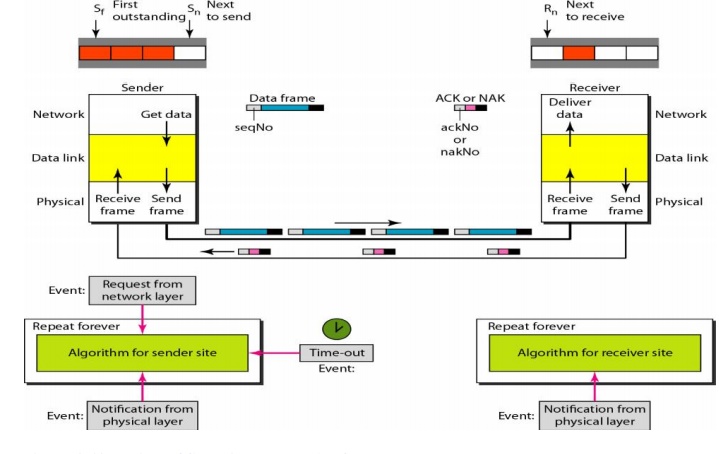
Figure 2.19 Design of Selective Repeat ARQ
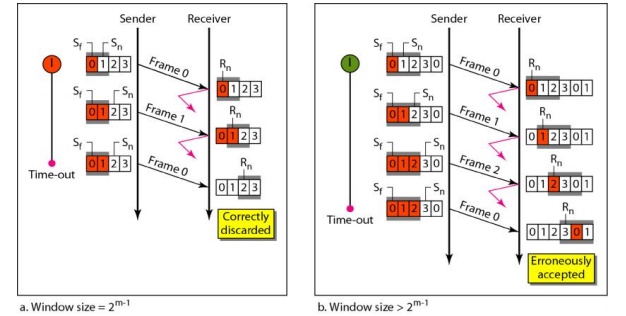
Figure 2.20 Selective Repeat ARQ, Window size
Example 2.5
Frame 1 is lost. We show how Selective Repeat behaves in this case.
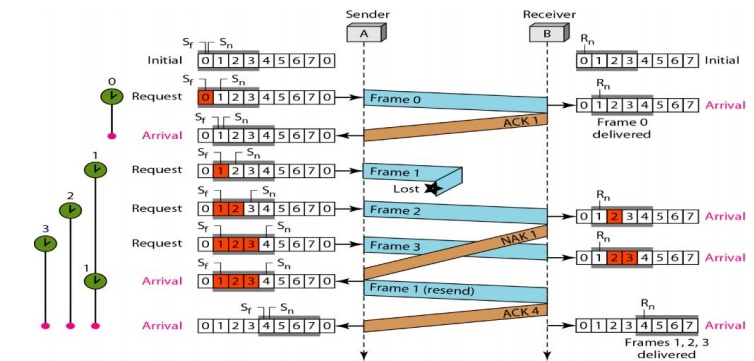
Figure 2.21 Flow diagram for Example 2.5
One main difference is the number of timers. Here, each frame sent or resent needs a timer, which means that the timers need to be numbered (0, 1, 2, and 3). The timer for frame 0 starts at the first request, but stops when the ACK for this frame arrives. The timer for frame 1 starts at the second request restarts when a NAK arrives, and finally stops when the last ACK arrives. The other two timers start when the corresponding frames are sent and stop at the last arrival event.
Piggybacking
The three protocols we discussed in this section are all unidirectional: data frames flow in only one direction although control information such as ACK and NAK frames can travel in the other direction. In real life, data frames are normally flowing in both directions: from node A to node B and from node B to node A. This means that the control information also needs to flow in both directions.
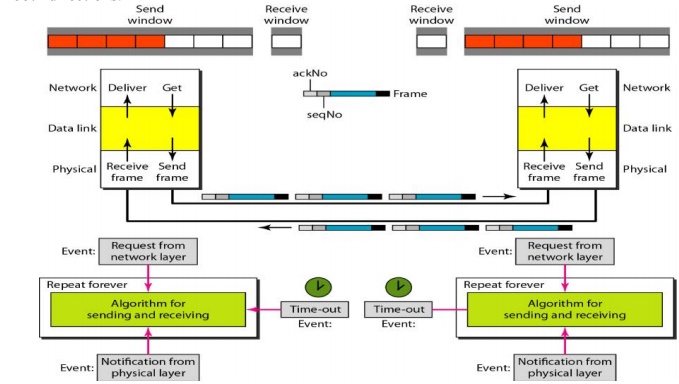
Figure 2.22 Design of Piggybacking in Go-Back-N ARQ
A technique called piggybacking is used to improve the efficiency of the bidirectional protocols. When a frame is carrying data from A to B, it can also carry control information about arrived (or lost) frames from B; when a frame is carrying data from B to A, it can also carry control information about the arrived (or lost) frames from A.
Related Topics